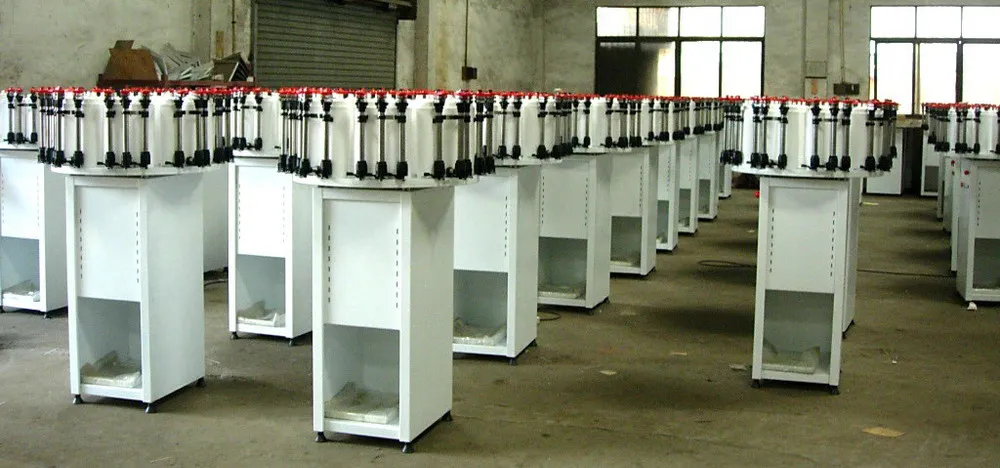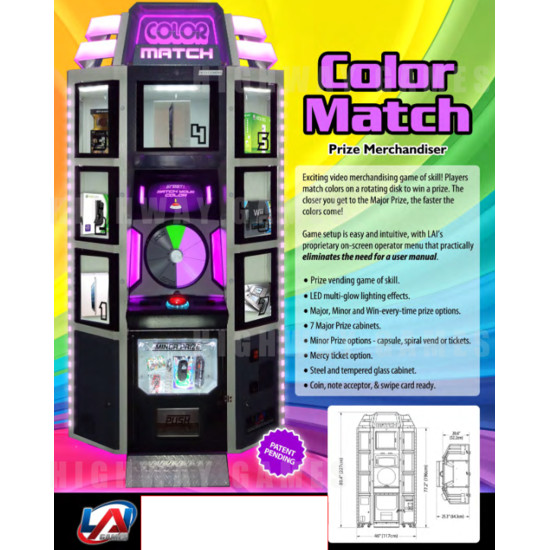
It can be powered by batteries or by a power adapter sold separately. It contains six variations of Pong, such as adding additional paddles, decreasing the size of the paddles, and adding deflective shields in the center of the screen. It retailed at a price of ¥9,800, significantly lower than competing systems. The Color TV-Game 6 was launched on June 1, 1977. Mitsubishi made minor changes and corrections to the systems before they were released. The TV-Game 6 and 15 required little production time due to their simplicity. He wanted a competitive edge by making the systems cheap for the consumer to purchase.

Nintendo president Hiroshi Yamauchi specified that the consoles be produced quickly and with cheaper parts to reduce production costs. For this, Magnavox sued Atari and other Pong console manufacturers for copyright infringement. Magnavox created the original concept for Pong for its Magnavox Odyssey console, which inspired Atari to create a similar game for arcades.
#Color machine game license#
For the first two consoles, Color TV-Game 6 and Color TV-Game 15, Nintendo acquired a license from Magnavox production of its own Pong clone game consoles. Nintendo had no prior experience in manufacturing electronics, and had previously contracted Mitsubishi for production of EVR Race, so this continued. The Color TV-Game consoles were produced jointly by Nintendo Research & Development 2 (R&D2) and Mitsubishi Electronics. Nintendo made its own dedicated Pong system to import this popularity to Japan. The market was flooded with similar video tennis games as companies scrambled to cash in on its success. The home console market also rose in popularity, particularly in North America with the release of Atari's Pong system in 1975.


Most of these were unsuccessful but made Nintendo view video games as its next major market. This was followed by games such as Sheriff, Space Fever, and EVR Race. Nintendo's first foray into video gaming was the arcade game Computer Othello in 1978. This decision was based on the smash success of the arcade video game Space Invaders (1978) by Taito and the 1973 oil crisis making toys expensive to produce. By the late 1970s, Nintendo began moving away from toys and playing cards and into the rapidly-growing video game market.


 0 kommentar(er)
0 kommentar(er)
